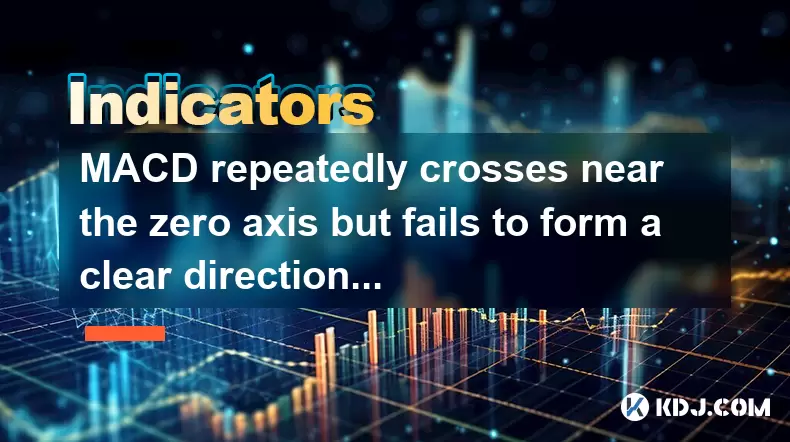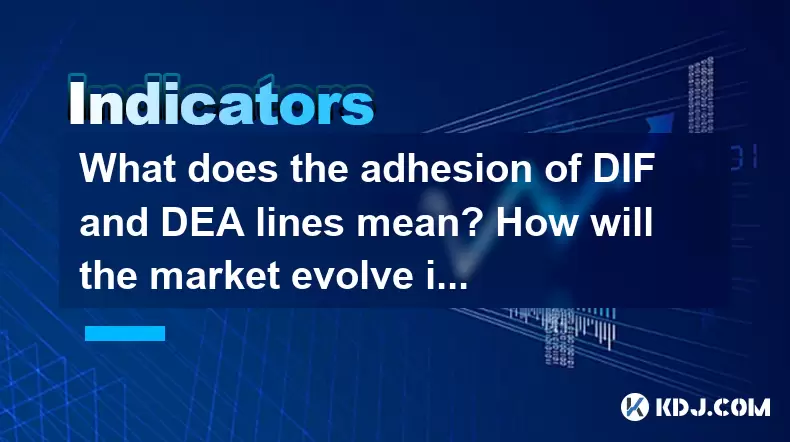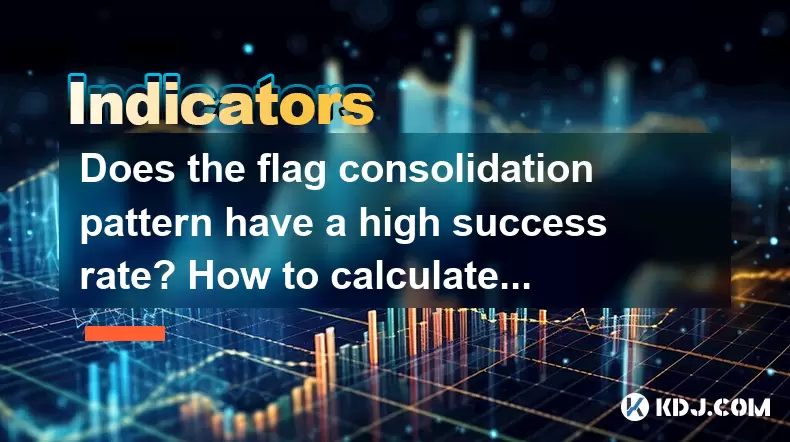-
 Bitcoin
Bitcoin $105,278.9859
4.61% -
 Ethereum
Ethereum $2,414.7741
8.20% -
 Tether USDt
Tether USDt $1.0007
0.05% -
 XRP
XRP $2.1600
7.53% -
 BNB
BNB $639.5433
3.75% -
 Solana
Solana $144.3830
9.37% -
 USDC
USDC $1.0001
0.02% -
 TRON
TRON $0.2742
3.84% -
 Dogecoin
Dogecoin $0.1640
8.57% -
 Cardano
Cardano $0.5811
7.49% -
 Hyperliquid
Hyperliquid $37.2466
5.28% -
 Sui
Sui $2.8243
14.84% -
 Bitcoin Cash
Bitcoin Cash $460.8816
2.22% -
 Chainlink
Chainlink $12.9580
11.75% -
 UNUS SED LEO
UNUS SED LEO $9.1359
1.23% -
 Avalanche
Avalanche $18.2302
10.30% -
 Stellar
Stellar $0.2463
7.80% -
 Toncoin
Toncoin $2.9151
7.18% -
 Shiba Inu
Shiba Inu $0.0...01163
9.79% -
 Hedera
Hedera $0.1532
14.01% -
 Litecoin
Litecoin $85.3310
6.29% -
 Monero
Monero $308.8215
2.90% -
 Ethena USDe
Ethena USDe $1.0007
0.03% -
 Polkadot
Polkadot $3.4259
9.42% -
 Dai
Dai $1.0002
0.01% -
 Bitget Token
Bitget Token $4.1742
3.19% -
 Uniswap
Uniswap $6.8272
8.53% -
 Pepe
Pepe $0.0...09939
12.29% -
 Pi
Pi $0.5358
6.03% -
 Aave
Aave $257.3092
12.83%
MACD repeatedly crosses near the zero axis but fails to form a clear direction?
When the MACD line repeatedly crosses near the zero axis, it signals market indecision, often seen in crypto during consolidation or before key breakouts.
Jun 24, 2025 at 09:28 am

Understanding MACD Behavior Around the Zero Axis
The Moving Average Convergence Divergence (MACD) is a widely used technical indicator in cryptocurrency trading. It consists of three main components: the MACD line, the signal line, and the histogram. When the MACD line crosses above or below the signal line, it generates buy or sell signals. However, when the MACD repeatedly crosses near the zero axis without forming a clear direction, traders often find themselves confused about the market's next move.
This behavior typically indicates market indecision or consolidation. In crypto markets, where volatility can be extreme, such patterns are common during sideways price movements or before major breakout attempts.
Key Insight: Repeated crossovers near the zero line suggest that neither bulls nor bears are gaining control, which may precede a significant trend reversal or continuation.
What Does the Zero Line Represent?
The zero line in the MACD histogram serves as a critical reference point. When the MACD line is above the zero line, it implies that the short-term moving average is higher than the long-term one, indicating positive momentum. Conversely, if the MACD line is below the zero line, it suggests negative momentum.
When the MACD line hovers around this level, it means that the short-term and long-term averages are nearly equal. This equilibrium often occurs during periods of low volume or lack of news-driven movement in the market.
- The zero line acts as a dividing line between bullish and bearish momentum.
- Frequent crossings suggest weak directional strength.
- This pattern often appears ahead of key support/resistance tests.
Why Does MACD Keep Crossing the Zero Line?
Several factors contribute to this repeated crossing behavior:
- Market Consolidation: Crypto assets often enter consolidation phases after sharp moves. During these times, buyers and sellers balance each other out.
- Low Trading Volume: Reduced participation leads to narrow price ranges and less decisive MACD behavior.
- Absence of Catalysts: Without news events or macroeconomic triggers, the market lacks direction.
- Algorithmic Noise: Short-term trading bots can create false signals that confuse traditional indicators like MACD.
Important Note: The more frequently the MACD crosses the zero line within a short period, the weaker the trend becomes, especially in highly volatile crypto pairs.
How to Interpret These Crossings in Different Market Contexts
Interpreting MACD behavior requires understanding the broader market context. Here’s how you can assess it in different scenarios:
- In Ranging Markets: Frequent zero-line crossings indicate a lack of momentum. Traders should avoid aggressive positions and consider range-bound strategies.
- At Key Support/Resistance Levels: If the price is testing a crucial level and MACD remains neutral, it may signal an impending breakout.
- After Strong Trends: A sudden shift to zero-axis bouncing might mean the current trend is losing steam and a reversal could be near.
It's essential to combine MACD readings with other tools such as volume analysis, order book depth, or support/resistance zones for better accuracy.
Strategies to Trade or Avoid This Pattern
Traders should approach this pattern with caution. Here are some practical strategies:
- Wait for Confirmation: Instead of acting on every crossover, wait for a confirmed break above or below a key level before entering a trade.
- Use Multiple Timeframes: Zoom into lower timeframes (like 15-minute or 1-hour charts) to spot early signs of momentum while using daily charts for context.
- Combine with Other Indicators: Use RSI or Bollinger Bands to confirm whether the asset is overbought or oversold during these neutral MACD phases.
- Avoid Overtrading: Refrain from placing multiple trades based solely on MACD signals in this environment to reduce risk.
Caution: Many novice traders misinterpret these signals and end up buying high and selling low due to premature entries.
Frequently Asked Questions (FAQ)
Can I use MACD effectively in altcoin trading when it keeps crossing the zero line?
Yes, but with limitations. Altcoins tend to be more volatile and prone to false signals. In such cases, aligning your MACD observations with order flow data and exchange-specific metrics can improve decision-making.
Is there a way to filter out false MACD crossovers near the zero line?
Using a volatility filter like the Average True Range (ATR) or confirming with candlestick patterns can help. Only act on MACD signals when they align with stronger price action or volume surges.
Should I ignore all MACD signals when it's bouncing around the zero line?
Not necessarily. You should treat them as inconclusive rather than invalid. Wait for additional confirmation from other sources before making a trade decision.
How does Bitcoin dominance affect MACD behavior across altcoins?
When Bitcoin dominance rises, many altcoins enter consolidation or downtrend phases. This often results in erratic MACD behavior, including frequent zero-line crossings, due to reduced inflows into smaller cryptocurrencies.
Disclaimer:info@kdj.com
The information provided is not trading advice. kdj.com does not assume any responsibility for any investments made based on the information provided in this article. Cryptocurrencies are highly volatile and it is highly recommended that you invest with caution after thorough research!
If you believe that the content used on this website infringes your copyright, please contact us immediately (info@kdj.com) and we will delete it promptly.
- Anthony Pompliano's ProCap: A Bitcoin Treasury SPAC Deal Redefining Finance
- 2025-06-24 12:25:13
- PEPE Coin vs. Ozak AI: Making a Long-Term Bet in the Meme Coin Frenzy
- 2025-06-24 12:25:13
- Ripple (XRP): Breakout Potential or Bust? Decoding the Latest Buzz
- 2025-06-24 12:45:13
- XRP, Ripple, Valuation: Decoding the Future Price
- 2025-06-24 12:45:13
- Midnight Airdrop: Claim Your Free NIGHT Tokens!
- 2025-06-24 13:25:13
- Midnight Airdrop: Grab Your Free NIGHT Tokens, Ya'll!
- 2025-06-24 13:07:11
Related knowledge

Is the large volume limit drop at the bottom a fund accumulation? How to confirm the reversal later?
Jun 24,2025 at 01:42pm
Understanding Large Volume Limit Drops at the BottomA large volume limit drop refers to a situation where the price of a cryptocurrency falls sharply, hitting its lower circuit breaker or minimum daily trading threshold, and is accompanied by unusually high trading volume. When this occurs at what appears to be the bottom of a downtrend, it raises quest...

If the rising channel falls below the lower track, it will definitely fall sharply? In what cases is it a false breakthrough?
Jun 24,2025 at 02:28pm
Understanding the Rising Channel PatternA rising channel is a technical analysis pattern formed by two parallel lines that connect a series of higher lows and higher highs. This structure indicates an ongoing upward trend, with the lower boundary acting as support and the upper boundary serving as resistance. Traders often use this formation to anticipa...

What does the adhesion of DIF and DEA lines mean? How will the market evolve in the future?
Jun 24,2025 at 01:36pm
What Is the Adhesion of DIF and DEA Lines?In technical analysis, particularly within the MACD (Moving Average Convergence Divergence) indicator, the DIF and DEA lines are critical components. The DIF line is calculated as the difference between the 12-day and 26-day Exponential Moving Averages (EMAs) of price data. The DEA line, also known as the signal...

Does the flag consolidation pattern have a high success rate? How to calculate the target position after the breakthrough?
Jun 24,2025 at 01:14pm
Understanding the Flag Consolidation Pattern in Cryptocurrency TradingThe flag consolidation pattern is a commonly observed technical analysis structure within the cryptocurrency market. It typically appears as a brief pause or retracement following a strong price movement, either upward or downward. This pattern resembles a flag on a pole when plotted ...

How to operate when the weekly MACD red column is continuously shortened but the daily golden cross is formed?
Jun 24,2025 at 10:28am
Understanding the Weekly MACD Red Column ShorteningWhen analyzing cryptocurrency markets, technical indicators such as the Moving Average Convergence Divergence (MACD) are essential tools for traders. The weekly MACD red column shortening indicates a weakening of the bearish momentum over the past week. This means that while the market is still in a dow...

What does the continuous rise of the ADX line of the DMI indicator in the downward trend indicate?
Jun 24,2025 at 05:00am
Understanding the DMI Indicator and Its ComponentsThe Directional Movement Index (DMI) is a technical analysis tool that helps traders identify the strength and direction of a trend. It consists of two primary components: the +DI (Positive Directional Indicator) and the -DI (Negative Directional Indicator). The ADX line, which stands for Average Directi...

Is the large volume limit drop at the bottom a fund accumulation? How to confirm the reversal later?
Jun 24,2025 at 01:42pm
Understanding Large Volume Limit Drops at the BottomA large volume limit drop refers to a situation where the price of a cryptocurrency falls sharply, hitting its lower circuit breaker or minimum daily trading threshold, and is accompanied by unusually high trading volume. When this occurs at what appears to be the bottom of a downtrend, it raises quest...

If the rising channel falls below the lower track, it will definitely fall sharply? In what cases is it a false breakthrough?
Jun 24,2025 at 02:28pm
Understanding the Rising Channel PatternA rising channel is a technical analysis pattern formed by two parallel lines that connect a series of higher lows and higher highs. This structure indicates an ongoing upward trend, with the lower boundary acting as support and the upper boundary serving as resistance. Traders often use this formation to anticipa...

What does the adhesion of DIF and DEA lines mean? How will the market evolve in the future?
Jun 24,2025 at 01:36pm
What Is the Adhesion of DIF and DEA Lines?In technical analysis, particularly within the MACD (Moving Average Convergence Divergence) indicator, the DIF and DEA lines are critical components. The DIF line is calculated as the difference between the 12-day and 26-day Exponential Moving Averages (EMAs) of price data. The DEA line, also known as the signal...

Does the flag consolidation pattern have a high success rate? How to calculate the target position after the breakthrough?
Jun 24,2025 at 01:14pm
Understanding the Flag Consolidation Pattern in Cryptocurrency TradingThe flag consolidation pattern is a commonly observed technical analysis structure within the cryptocurrency market. It typically appears as a brief pause or retracement following a strong price movement, either upward or downward. This pattern resembles a flag on a pole when plotted ...

How to operate when the weekly MACD red column is continuously shortened but the daily golden cross is formed?
Jun 24,2025 at 10:28am
Understanding the Weekly MACD Red Column ShorteningWhen analyzing cryptocurrency markets, technical indicators such as the Moving Average Convergence Divergence (MACD) are essential tools for traders. The weekly MACD red column shortening indicates a weakening of the bearish momentum over the past week. This means that while the market is still in a dow...

What does the continuous rise of the ADX line of the DMI indicator in the downward trend indicate?
Jun 24,2025 at 05:00am
Understanding the DMI Indicator and Its ComponentsThe Directional Movement Index (DMI) is a technical analysis tool that helps traders identify the strength and direction of a trend. It consists of two primary components: the +DI (Positive Directional Indicator) and the -DI (Negative Directional Indicator). The ADX line, which stands for Average Directi...
See all articles
























































































